Papaya: Important Facts, Health Benefits, and Recipes
Explore the health benefits, history, and culinary uses of papaya in our ultimate guide, and learn how this tropical fruit can enhance your diet and well-being.
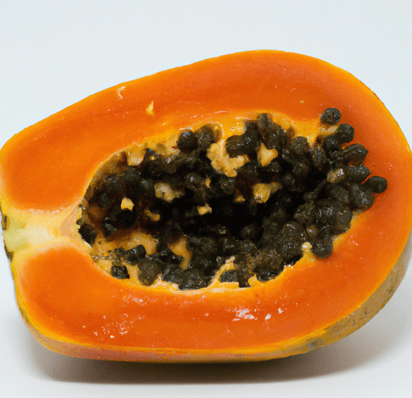
Nutritional Facts
1 fruit, small
Amount per serving
Calories
67.5
Carbohydrates
17 g
Fat
0.4 g
Protein
0.7 g
Saturated Fat
0.1 g
Sodium
12.6 mg
Fiber
2.7 g
Sugar
12.3 g
Best Papaya Recipes
-

-
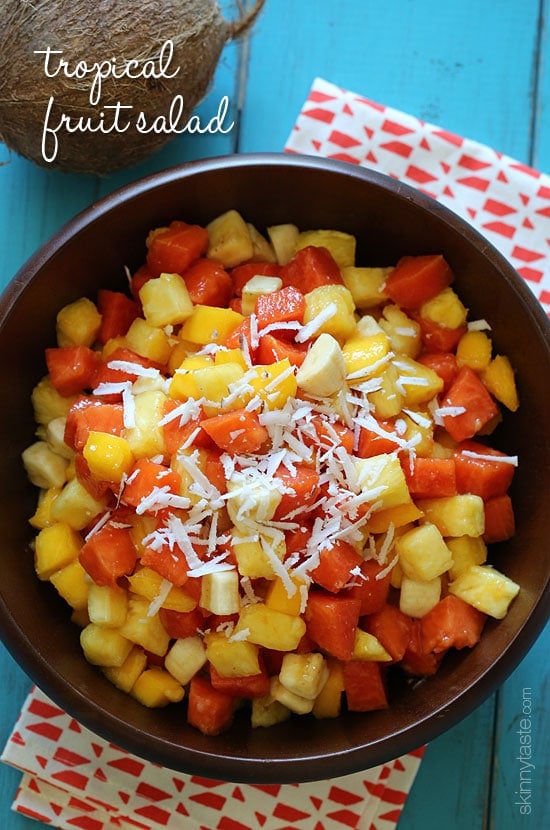
-

-

-
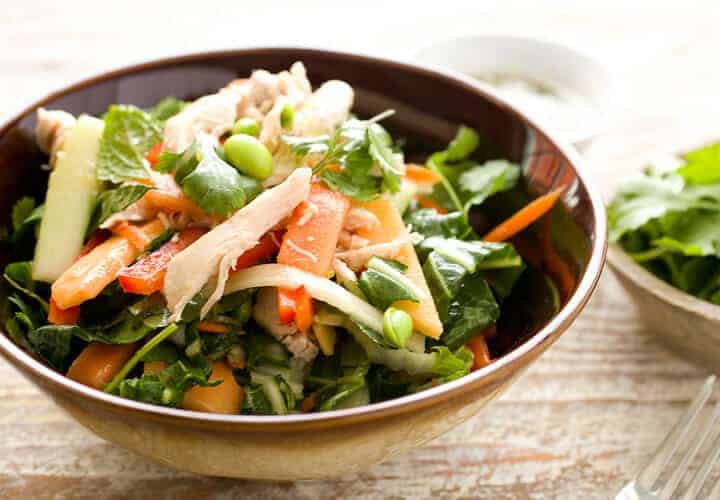
-

-
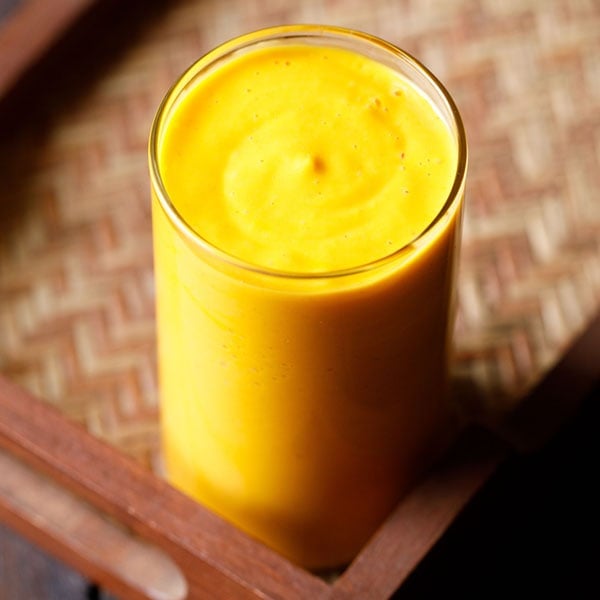
-
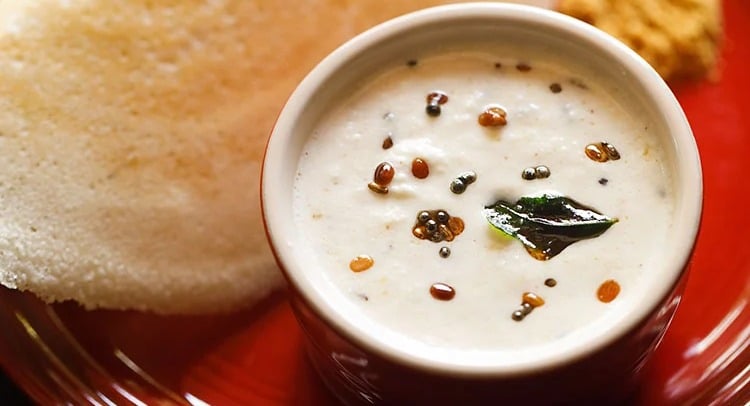
-
![Papaya Halwa Image]()
-
![Mango Banana Papaya Smoothie Image]()
-
![Fruit Salad Image]()
-
![papaya lassi Image]()
-
![Papaya, Prosciutto, and Lime Recipe Image]()
-
![Papaya Smoothie (Batida de Lechosa) Recipe Image]()
-
![Charles Phan's Green Papaya Salad with Rau Ram, Peanuts, and Crispy Shallots Image]()
-
![Papaya-Habanero Hot Sauce Recipe Image]()
-
![Thai Beef Salad From 'Maximum Flavor' Image]()
-
![Soy Papaya Marinade Recipe Image]()
-
![Spanish Macedonia Tropical Fruit Salad Recipe Image]()
-
![Papaya Ice Cream Recipe Image]()
-
![How to Cut a Papaya Image]()
-
![Lassi de Papaya Image]()
-
![How to Cut a Papaya Image]()
-
-
-
![Som Tam Recipe: Thai Green Papaya Salad Recipe Image]()
-
![Tropical Papaya Batido Fruit Shake Image]()
-
![Salpicón Image]()
-
![Papaya Avocado Salad Image]()
-
![trifle recipe Image]()
-
![Fruit Custard Image]()
-
![vegan fruit salad with cashew cream Image]()
-
![Sweet and Savory Spiced Papaya Raisin Chutney Recipe Image]()
-
![Tikka Boti Recipe Image]()
-
![Beef and Barley Stew Recipe Image]()
-
![Thai Waterfall Beef Salad Recipe Image]()


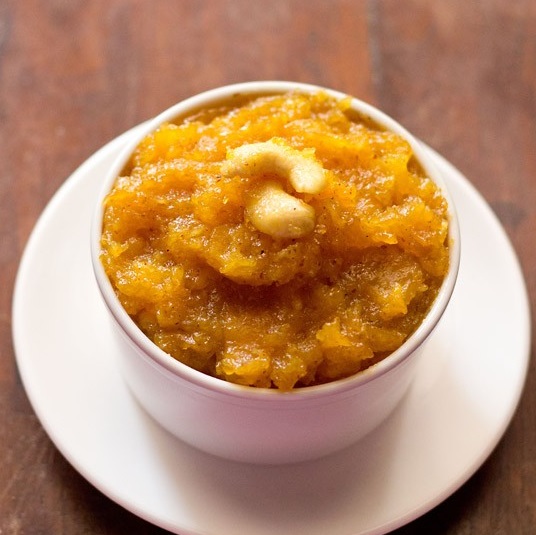
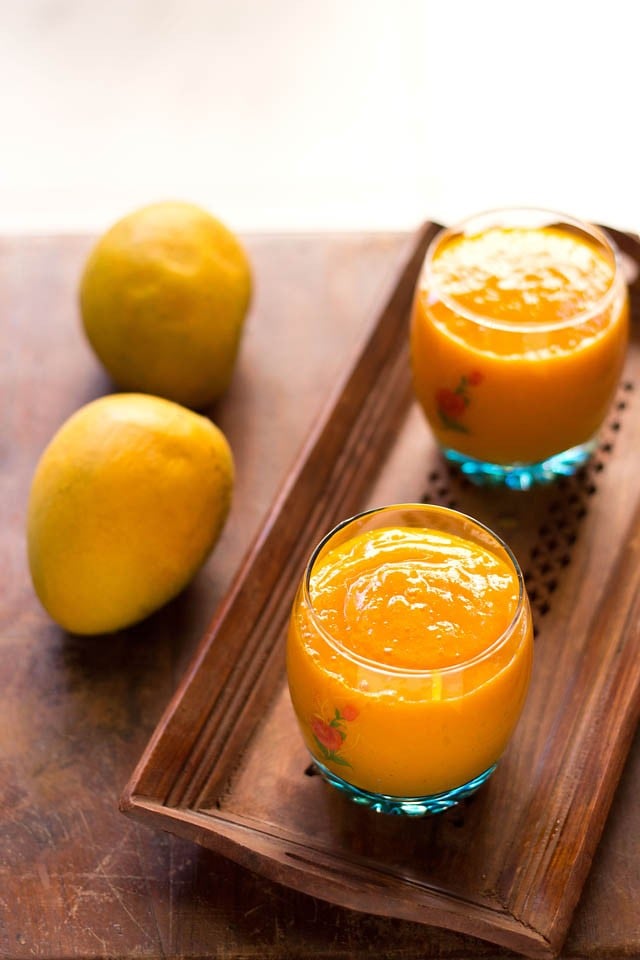
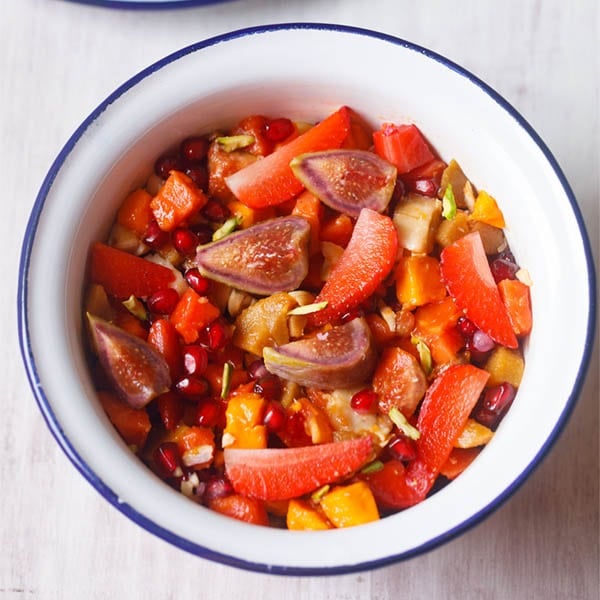
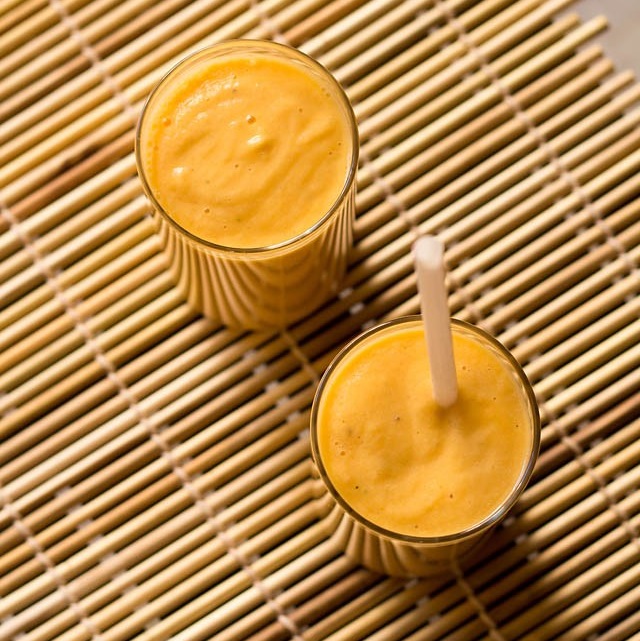
:max_bytes(150000):strip_icc()/__opt__aboutcom__coeus__resources__content_migration__simply_recipes__uploads__2006__08__prosciutto-wrapped-papaya-horiz-a-1600-4407e3214196477d81a3ab1823aedf6c.jpg)
:max_bytes(150000):strip_icc()/papaya-and-milk-smoothie-refresco-de-papaya-2137811-hero-01-3098eb12a0594bf0986a91fff69f6c3d.jpg)
:max_bytes(150000):strip_icc()/__opt__aboutcom__coeus__resources__content_migration__serious_eats__seriouseats.com__recipes__images__2013__01__20130129-238406-cook-the-book-green-papaya-salad-ae7d3b43b48d4214ac3cd0fe27da0894.jpg)
:max_bytes(150000):strip_icc()/__opt__aboutcom__coeus__resources__content_migration__serious_eats__seriouseats.com__recipes__images__2012__07__20120718-215059-papaya-hot-sauce-6d770938639a45d98c0613b2a109c251.jpg)
:max_bytes(150000):strip_icc()/__opt__aboutcom__coeus__resources__content_migration__serious_eats__seriouseats.com__recipes__images__2013__10__20131023-270142-cook-the-book-thai-steak-salad-b3a71ea9c36f4e85853cf1416ac14ec2.jpg)
:max_bytes(150000):strip_icc()/sliced-papaya-on-wood-709137325-5b6c61e046e0fb0050cb66ae.jpg)
:max_bytes(150000):strip_icc()/Spanish-fruit-salad-56b72aee5f9b5829f836e2aa.jpg)
/GettyImages-56296205-5886d4233df78c2ccd64d931.jpg)
:max_bytes(150000):strip_icc()/Simply-Recipes-HT-Cut-Papaya-LEAD-4-40281510418e4e1b8041eec283cc8492.jpg)

:max_bytes(150000):strip_icc()/Papaya3-5979e9bab501e80011c07ff2.jpg)

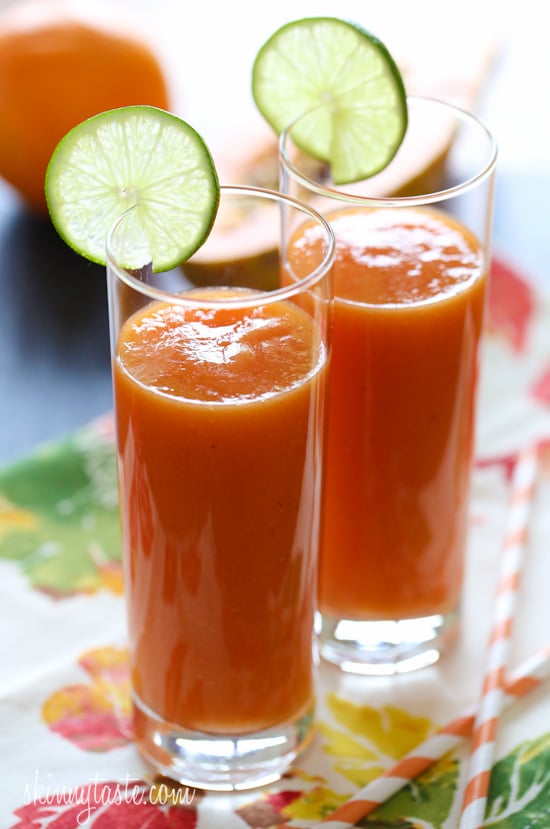

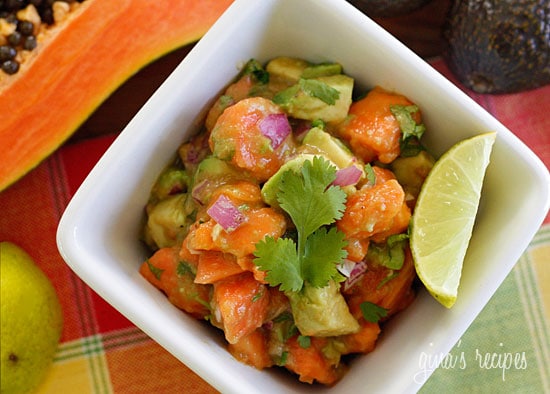
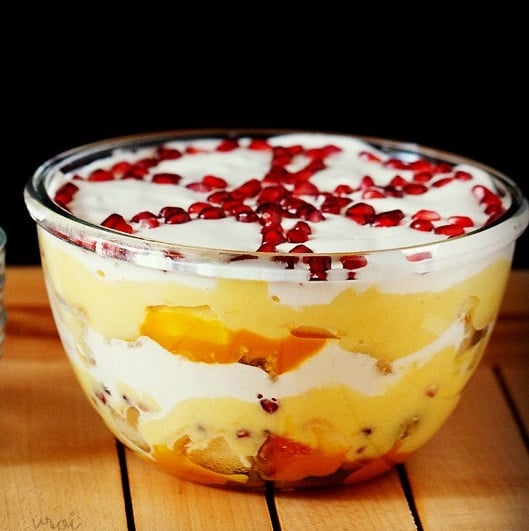
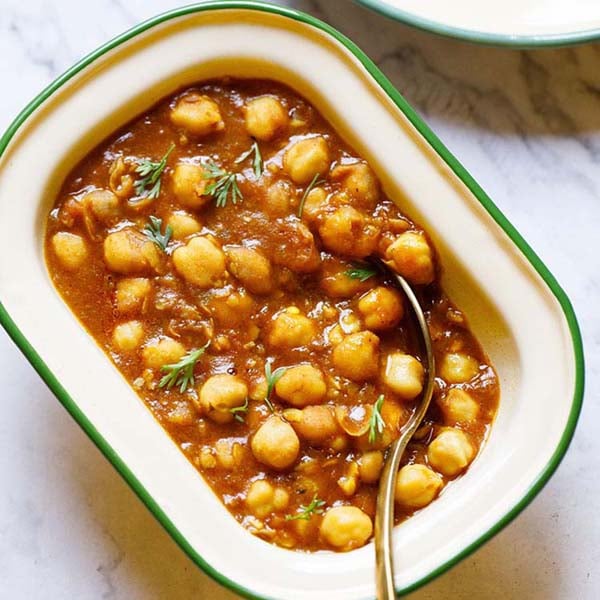
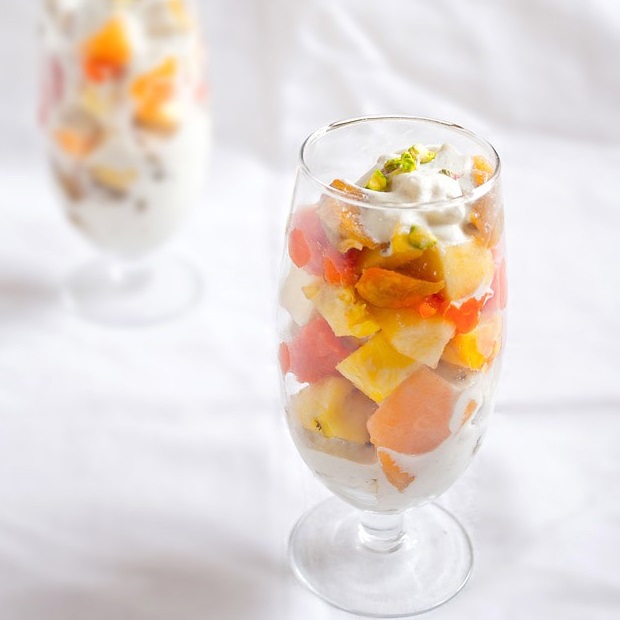
:max_bytes(150000):strip_icc()/GettyImages-127030758-5665242d5f9b583dc38ad487.jpg)
:max_bytes(150000):strip_icc()/tikka-boti-kabobs-333771-Hero_01-ddffd2bce19a42138c26415446022280.jpg)
/beef-and-barley-stew-3051441-7fc95c37dd774247846d84f4ea238985.jpg)
:max_bytes(150000):strip_icc()/nam_tok-5a08fe89b39d03003719624a.jpg)